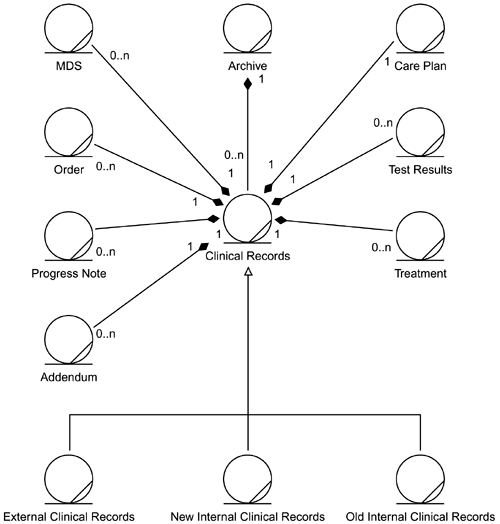

It guarantees the best performance and scalability for data integration at any time. This architecture scales naturally with the source and target data stores. It leverages the data processing engines in place to run processes generated and optimized for these engines.īy removing the cost of the hardware, software, maintenance and tuning skills required for the ETL server, the ELT architecture guarantees the best TCO.

The ELT (Extract-Load and Transform) architecture used in Stambia removes the need for this middle-tier engine. In this architecture, a dedicated proprietary engine is in charge of the data processing. Traditional data integration products use the Extract-Transform-Load (ETL) architecture to run the data transformations. Stambia is designed with the following key features for better design-time productivity and higher run-time performances. It is a key component for your data integration projects. Stambia is the next generation high performance data integration platform that enables your IT team to deliver the right data, at the right place, at the right time. If you find any error or have any suggestion for improvement, please contact us at and indicate the title of the documentation along with the chapter, section, and page number, if available. We welcome your comments and suggestions on the quality and usefulness of this documentation.
DATA MODEL SCHEMA PROJECTS TASKS AND SUBTASKS CODE
Monospace type indicates code example, text or commands that you enter. Italic type indicates special emphasis or placeholder variable that you need to provide.

This guide uses the following formatting conventions: Conventionīoldface type indicates graphical user interface associated with an action, or a product specific term or concept. This document is intended for users interested in using Stambia for their Data Integration Initiatives : Business Intelligence, Data Migration, E-commerce projects, Web Services, etc. Tip: If you simply want to learn about Stambia and see what Stambia is all about, visit the Stambia website. This guide contains information about using the product to design and develop a Data Integration project.

Creating and Reversing a Database Model.


 0 kommentar(er)
0 kommentar(er)
